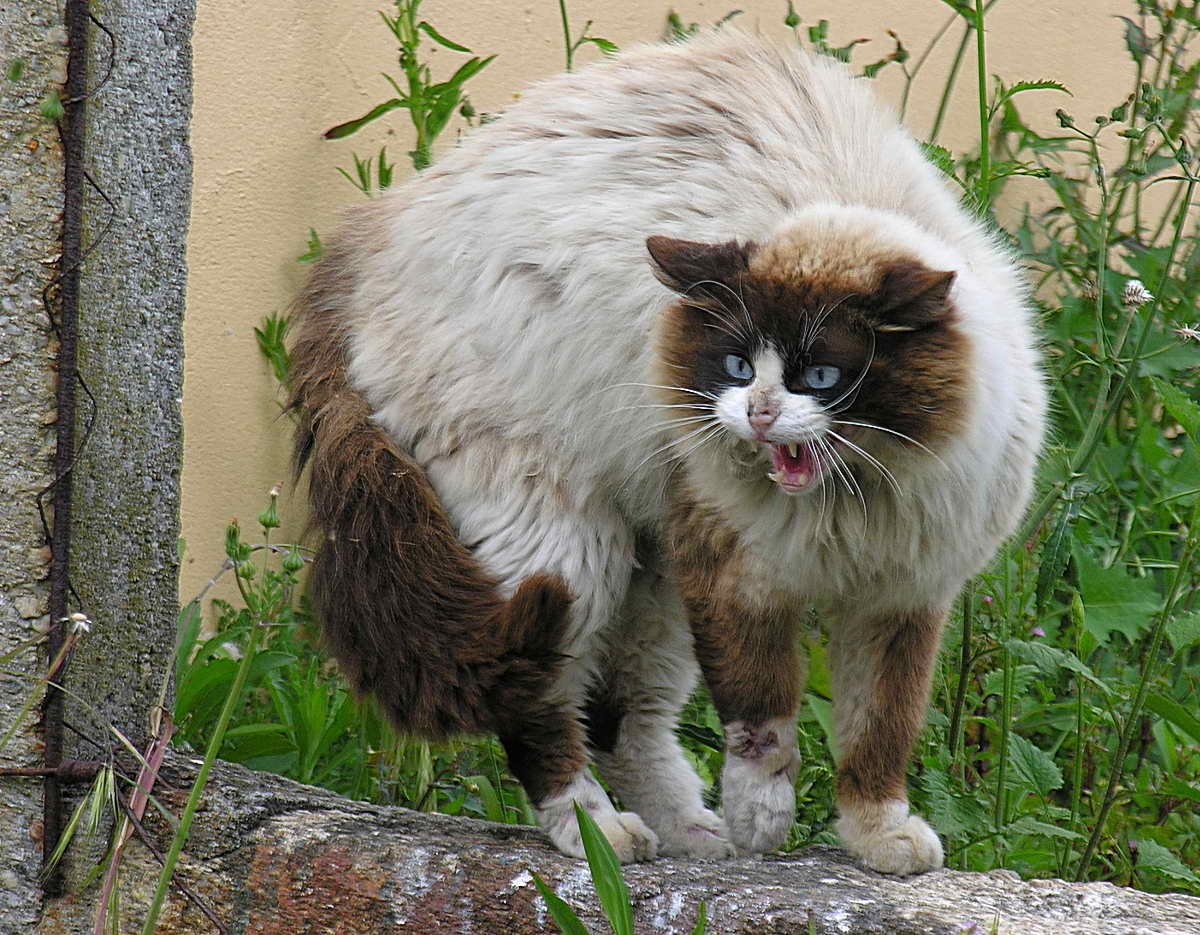Ever wondered if your feline friend is feeling more than a bit moody? Cats, with their enigmatic personalities, can sometimes become emotionally overwhelmed. This isn’t just about a grumpy cat having a bad day. It’s about understanding the deep-seated emotions that your furry companion might be experiencing. Whether it’s a new environment, a change in routine, or simply an innate sensitivity, cats can feel stressed just like humans. Tackling this emotional turbulence requires patience, understanding, and a sprinkle of love. So, how can you ensure your cat feels safe and sound in their own fur? Let’s dive into the world of feline emotions and discover ways to help your beloved pet when they’re feeling overwhelmed.
Recognizing Emotional Overwhelm in Cats
Cats, despite their aloof demeanor, have a rich emotional life. Recognizing when they are overwhelmed is crucial. Look for signs like excessive grooming, hiding, or unusual aggression. These behaviors often indicate stress or anxiety. Just like humans, cats can become overwhelmed by changes in their environment or routine. It’s important to observe your pet’s behavior closely and note any deviations from the norm. By understanding these signs, you can take the first steps towards helping your cat feel more at ease. Remember, recognizing the problem is half the battle won.
Creating a Safe Space
Every cat needs a sanctuary, a place where they feel completely safe. Creating a dedicated space in your home for your cat can work wonders for their emotional well-being. This could be a cozy corner with their favorite blanket or a perch by the window. Providing a space where they can retreat and relax gives them a sense of security. It’s akin to having a personal retreat, a place where they can escape the chaos and recharge. By ensuring your cat has a safe haven, you’re offering them the comfort they need during overwhelming times.
Maintaining a Consistent Routine
Cats thrive on routine. A sudden change in their daily schedule can be unsettling and lead to emotional overwhelm. Maintaining a consistent routine, from feeding times to play sessions, helps provide stability. Just like a child who feels secure with a bedtime routine, cats find comfort in predictability. Regularity in their daily activities reassures them that all is well. By sticking to a routine, you’re not just providing structure but also a sense of normalcy that can alleviate stress.
Engaging in Interactive Play
Playtime is not just about fun; it’s an essential part of a cat’s emotional health. Engaging in interactive play can help reduce stress and anxiety. Toys that mimic prey, like feather wands or laser pointers, can stimulate your cat’s natural hunting instincts. This not only provides physical exercise but also mental stimulation. Imagine the joy and satisfaction your cat feels when they “catch” their prey. By dedicating time to play, you’re offering them an outlet for their emotions and helping them release pent-up energy.
Providing Mental Stimulation
Cats are curious creatures, always on the lookout for something new to explore. Providing mental stimulation can help alleviate feelings of overwhelm. Puzzle toys, treat dispensers, or even a simple cardboard box can keep your cat engaged. Think of it as a mental workout, challenging them and keeping their minds sharp. Just as humans enjoy puzzles and games, cats benefit from activities that stimulate their brains. By offering a variety of toys and challenges, you’re helping them focus their energy positively.
Offering Calming Aids
Sometimes, a little extra help is needed. Calming aids, like pheromone diffusers or sprays, can be beneficial for anxious cats. These products mimic the natural pheromones that cats produce, creating a calming environment. It’s like lighting a scented candle to relax after a long day. Additionally, there are herbal remedies and supplements available that can help soothe your cat’s nerves. Always consult with a veterinarian before introducing any new products to ensure they’re safe for your pet.
Understanding the Power of Touch
Never underestimate the power of a gentle touch. Petting and cuddling can have a calming effect on cats. It’s a way of showing affection and reassurance. However, it’s essential to recognize when your cat wants to be left alone. Some cats prefer solitude during stressful times, while others seek comfort in their owner’s touch. By being attentive to their needs and respecting their boundaries, you’re building trust and strengthening your bond.
Communicating with Your Cat

Communication is key in any relationship, including the one with your cat. While verbal communication might be limited, body language speaks volumes. Pay attention to your cat’s cues, like their tail position or ear movements. These subtle signals can provide insights into their emotional state. Just like humans, cats have their unique ways of expressing themselves. By learning to interpret these signals, you’re better equipped to address their needs and provide the support they require.
Seeking Professional Help
Sometimes, despite your best efforts, your cat may continue to feel overwhelmed. In such cases, seeking professional help is advisable. Veterinarians or animal behaviorists can provide valuable insights and guidance. They can help identify any underlying issues and recommend appropriate treatments or therapies. It’s akin to consulting a therapist when you’re feeling overwhelmed. By seeking expert advice, you’re taking a proactive step towards ensuring your cat’s emotional well-being.
Building a Strong Bond with Your Cat
A strong bond is the foundation of a healthy relationship with your cat. Spending quality time together, understanding their needs, and offering unconditional love helps build trust. It’s about being there for them, in good times and bad. Just as friendships strengthen over time, so does the bond with your pet. By nurturing this relationship, you’re providing a supportive environment where your cat feels loved and valued. This bond is a source of comfort and security, especially during emotionally overwhelming times.
Conclusion
In conclusion, understanding and addressing a cat’s emotional needs requires patience, empathy, and dedication. By recognizing the signs of overwhelm and taking proactive steps, you can help your feline friend navigate their emotions. Remember, every cat is unique, and what works for one might not work for another. It’s about finding the right balance and approach that suits your pet. So, how will you support your cat on their emotional journey?

Growing up traveling and experiencing new cultures and wonders, I have had a passion for nature, adventuring, photography, and videography. I am currently working towards a BSc in Biodiversity and Ecology at Stellenbosch University, and I hope to specialise in Marine Sciences one day.
Please send any feedback to Feedback@animalsaroundtheglobe.com






